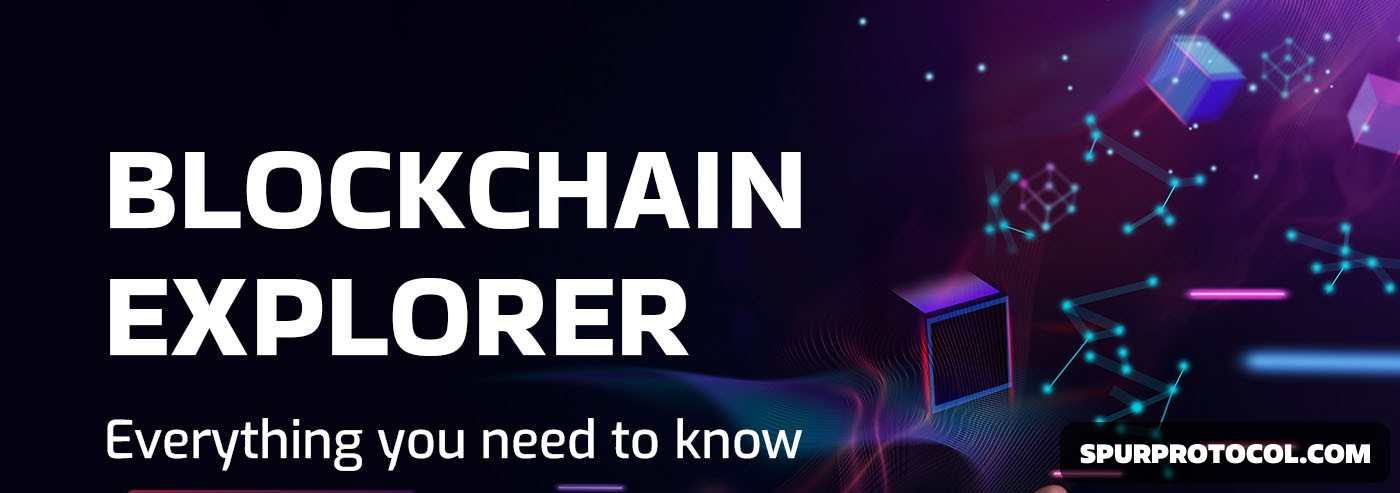How Blockchain Explorer Works
The operation of a blockchain explorer can be broken down into several key steps. Let us discuss the key steps. We will also discuss how to choose the right blockchain explorer.
Go Back

🕒 2:22 PM
📅 Jun 02, 2025
✍️ By ethangeorge
1. Data Retrieval
Blockchain explorers fetch data directly from the blockchain network they are designed to explore. They typically connect to multiple nodes within the blockchain network to gather the latest information on transactions, blocks, and addresses.
2. Data Parsing
Once the data is retrieved, the explorer parses and organizes it into a user-friendly format. This process involves extracting relevant information from raw blockchain data, such as transaction details, block headers, and address balances.
3. Database Management
Many blockchain explorers maintain their own databases to store and index blockchain data efficiently. This allows for fast and responsive querying of blockchain information without the need to fetch data from the network every time a user makes a request.
4. User Interface
The explorer presents the organized blockchain data through a user-friendly interface, typically accessible via a web browser. This interface allows users to search for specific transactions, blocks, or addresses and view detailed information about them.
5. Real-Time Updates
Blockchain explorers continuously synchronize with the blockchain network to ensure that they provide up-to-date information to users. This involves periodically fetching new blocks and transactions as they are added to the blockchain and updating the explorer's database accordingly.
6. Additional Features
Some blockchain explorers offer additional features beyond basic data retrieval and display. These may include advanced search capabilities, transaction visualization tools, address labeling, and API access for developers to integrate blockchain data into their own applications.
How to Choose the Right Blockchain Explorer?
Choosing the right blockchain explorer depends on your specific needs and preferences. Here are some factors to consider when making your selection:
- Supported Blockchains: Ensure that the blockchain explorer supports the blockchain network you are interested in exploring. Different explorers may specialize in specific blockchains, such as Bitcoin, Ethereum, or others.
- Features: Consider the features offered by the explorer. Look for features such as advanced search capabilities, real-time transaction monitoring, address labeling, transaction visualization tools, and API access for developers.
- User Interface: Evaluate the user interface of the explorer. Choose one that provides a clean and intuitive interface, making it easy to navigate and find the information you need. A well-designed user interface enhances the user experience and saves time.
- Reliability and Performance: Assess the reliability and performance of the explorer. Choose one that offers fast and responsive access to blockchain data, with minimal downtime or delays in data updates.
- Community Reputation: Look for reviews and feedback from other users to gauge the reputation of the explorer. A reputable explorer with positive reviews is more likely to provide accurate and reliable blockchain data.
- Security: Consider the security measures implemented by the explorer to protect user data and ensure the integrity of the blockchain data displayed. Look for features such as HTTPS encryption, data encryption, and protection against common security threats.
- Developer Support: If you are a developer or require access to blockchain data for building applications, consider the level of developer support offered by the explorer. Look for explorers that provide comprehensive API documentation and support for integrating blockchain data into your applications.
